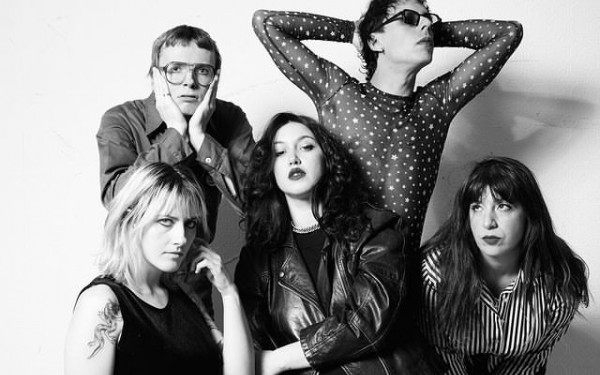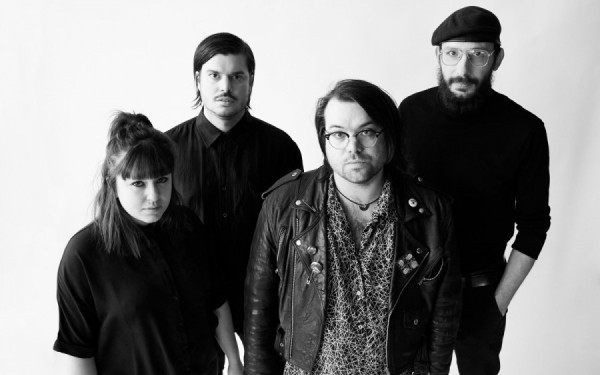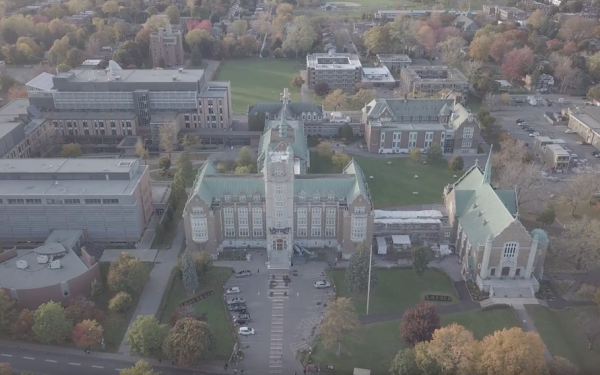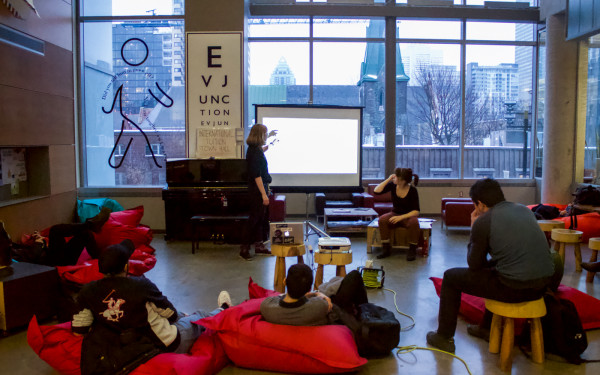A house to write home about
Personal essay: living in a collective
Looking for COVID-19’s silver linings isn’t something I excel at, but if there’s one thing I can thank the pandemic for, it’s the knowledge it has forced me to accrue about myself.
In March 2020, I returned to my home province of British Columbia. With school set online for the foreseeable future, that September, I took the opportunity to move to Victoria, a city I’d always wanted to live in. It made sense—I would be living near enough to my tiny, middle of nowhere hometown of Powell River to visit occasionally, but far enough away to feel independent from my parents.
The two houses where I lived in Victoria were instrumental to my understanding of what I value in the place I call home. In September 2021, when it came time for me to move back to Montreal, I had a very clear dream criteria for my next place of residence.
Accompanied with a series of photos akin to a Tinder profile—a film portrait of myself in a purple hydrangea flower crown, a photo of me dipping my toes into a baby blue glacial lake, a selfie with one of our farm’s Rhode Island red chickens—I posted a write-up to several Facebook housing groups.
I was painstakingly honest. I was in search of a house that welcomed impromptu dance parties, regularly shared healthy meals, valued clear and open communication, and could offer consistent free hugs—all needs I became aware of through deprivations so severe they led to acute bouts of depression in Victoria.
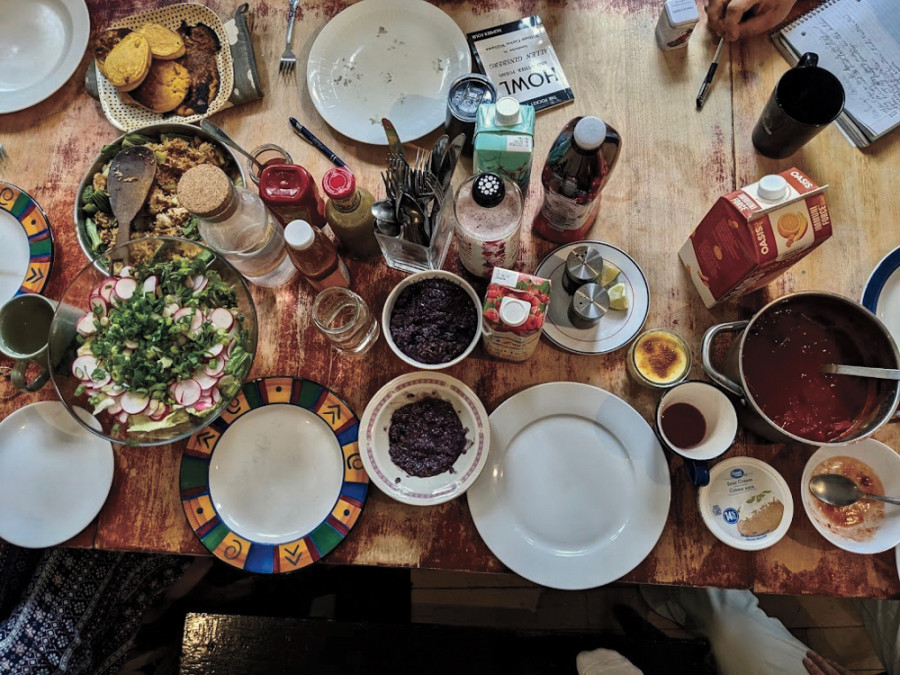
I quickly received a message from a member of a collective house seeking to fill a room. Hypnotized by my father’s tales from his formative co-habitation experiences, I knew at some point in my life I wanted to give communal living a go. The Zoom interview with the collective went so well I sent the deposit the following morning. Confident it was going to be the wild ride I had my sights set on, I packed up my room in Victoria with excitement and audacity.
A quote from a novel I lived and breathed through during the summer, The Sky is Falling, by Caroline Adderson, hung above my head as the golden standard for living in a collective:
“The middle room was an aesetic’s cell with a pitted green foamie for a bed, the end room a postered shrine to Georgia O’Keeffe and Frida Kahlo, reeking of incense. I went back downstairs to the kitchen, which also smelled but of a more complex synthesis—ripe compost, burnt garlic, beans on the soak […] I glanced at my socks with their dust and crumb adherents.”
My first night at the Plateau-Mont-Royal collective would have made me turn around and run away had I not been exhausted enough to sleep on any given surface. When I finally pulled up at 2:30 a.m. I was welcomed by Jasmine West, who wishes to use a pseudonym for privacy purposes, and led me up the concerningly steep stairs to my third-floor bedroom. I had an idea of the square footage based on pictures, but nothing could have prepared me for the bed-lacking, closet-sized space I was presented with. I inquired about the whereabouts of the bed, and Jasmine appeared as clueless as myself.
It turned out to be a questionably carpentered Murphy bed that when unfolded from the wall, graced the room with a whopping seven square feet of real estate left. The next morning, I tiptoed downstairs to suss out the situation I’d gotten myself into. The walls of the living room were collaged with a mosaic of protest pamphlets, cheerful postcards from past members, and psychedelic posters. The onslaught of visual paraphernalia extended to the kitchen, lit by sunlight streaming through the foliage of a thriving nursery of house plants—I wouldn’t have to worry about getting enough oxygen if I stayed.

The smell of sautéing garlic greeted my nostrils and I smiled to myself. Instead of letting it burn however, its cook offered it up to me in a concoction of curried cauliflower and asked me if I’d like to join them on a trip to the Biodome. I gingerly sat myself down at the kitchen table—on a structurally questionable chair that would collapse from beneath me during a phone call with my best friend months later—and accepted their generous invitation with immense relief. I had made at least one friend in this house.
In the days that followed, I gradually met the rest of my housemates. By the time my first bi-weekly Sunday brunch rolled around, I was starting to find my footing. The seven members welcomed me into the ways and workings of the collective with open arms. I was introduced to the rotating chore board of assigned cleaning and tidying tasks, the bi-weekly house meetings that supplemented the brunches, and the notion of the common fund we paid into for shared staples alongside our rent at the end of each month. The structures in place for maintaining productive communication and positive co-habitation eased the stresses I’d experienced in past living situations. Here, I always felt heard. The table we’d built to share our thoughts was a constructive one.
I grieved when Tee Kundu, my first-morning garlic-cooking saviour, left at the end of October. But by then I understood that for many, the collective was a brief, transient home. By November, three out of the eight people in the house were new. The collective’s arms let go just as easily as they welcomed. Though I was sad every time someone left, there was celebration in every new arrival.
The collective’s arms let go just as easily as they welcomed. Though I was sad every time someone left, there was celebration in every new arrival. — Stella Mazurek
I quickly learned that there’s never a dull moment when you live with seven people. It’s what I envision having seven siblings feels like—at times utterly chaotic, and at others eerily quiet. But every day is an adventure that presents new twists and turns to navigate. From false alarm bedbug infestations that warranted scouring every piece of upholstery and fabric in our possession, to riding public transit with cat hair-coated chairs traded off Facebook in exchange for homemade vegan falafels, to dumpster diving missions rescuing bountiful hauls of fine French pastries. When asked about where I was living, I took to describing it to friends and family as, “imagine you’re part of a circus troupe living in a hostel.”
The Tuesday movie nights, Wednesday family dinners, and Thursday board game sessions made me part of the eccentric, colourful family of the collective. Sometimes, when I came home late at night, I took to standing silently in the living room for a handful of minutes in a meditative gratitude.
What I love most about our home isn’t its endlessly stimulating environment or the fodder it provides for the novel I shall someday write (it will be purely fictional, wink, wink). Rather, it is the beauty of community. We are constantly tackling the problems that arise, together. Lord knows that in a crumbling Montreal rental apartment there’s never a shortage of front door handles falling off or ovens locking shut mid-meal with food still inside of them. Whether it’s hauling a new couch to the second floor, unclogging a stubborn toilet, or seeking motivation to work out on an extra cold winter morning, there’s always someone willing to help.
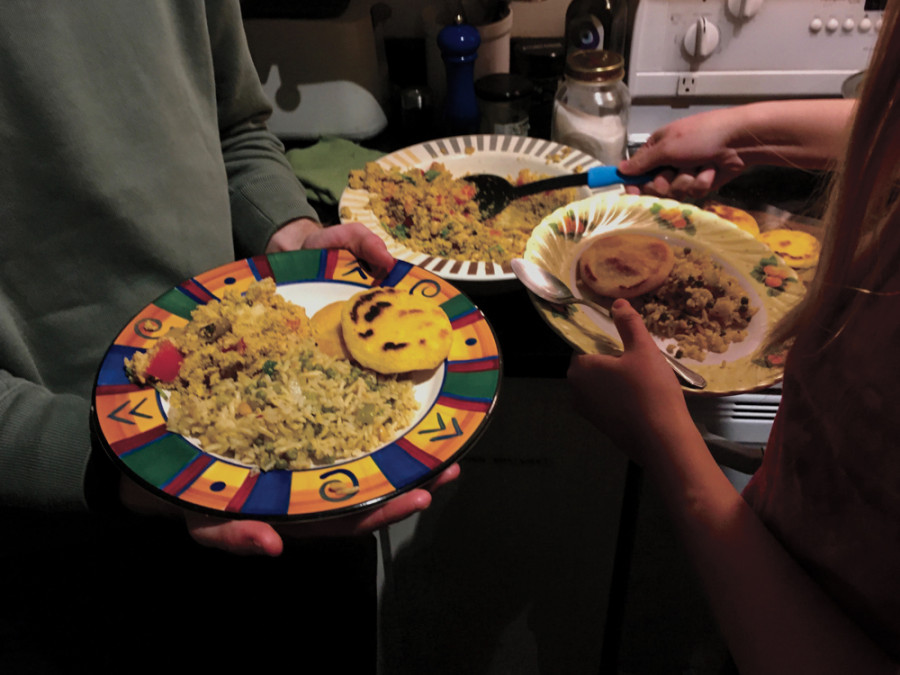
One time, when I needed to go to the ER, my housemate Emilia Clarke kindly offered to spend her day accompanying me for moral support. My out-of-province medical card would have drowned in my tears of frustration had she not been by my side as we trudged through the snow from one clinic to the next, until we found a hospital that would take me in. Living in such close quarters, your problems are hard to hide. However, someone is always willing to hear your troubles and impart their advice.
Living alongside such a wide range of people means living alongside a rich assortment of skills, interests, cultures, knowledge, realities, backgrounds, and talents. The power is in the diversity. I’ve gotten to taste Bengali street food and Moroccan couscous, dance to Colombian DJ sets, and play theatre-therapy games all within the confines of our first floor. The constant exchange of culture and knowledge is an experience I would highly recommend.
Maybe I would’ve ended up in a collective without the pandemic but I like to give my heightened self-journey the benefit of the doubt and cast it as a silver lining. Every day, the collective is my teacher. I am constantly growing, constantly learning.
There are many reasons people choose to live in collectives—to meet like-minded people, to pay cheaper rent, to build meaningful a community, to share grocery costs, to work towards common purposes, to deconstruct oppressive systems. Communal living acknowledges that we are all parts of a whole. Although we like to imagine ourselves as independent, our actions are constantly affecting others. As humans, our existences depend on complex interwoven webs of being. The web our collective spins is at times a sticky one, constantly tangling and getting rearranged, but a good one.
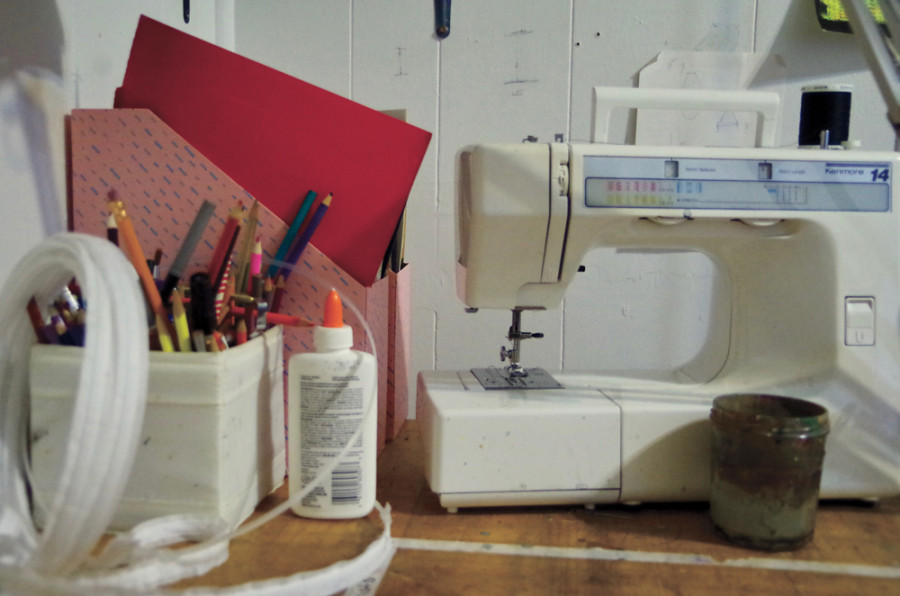
This article originally appeared in The Sidewalk Issue, published April 5, 2022.

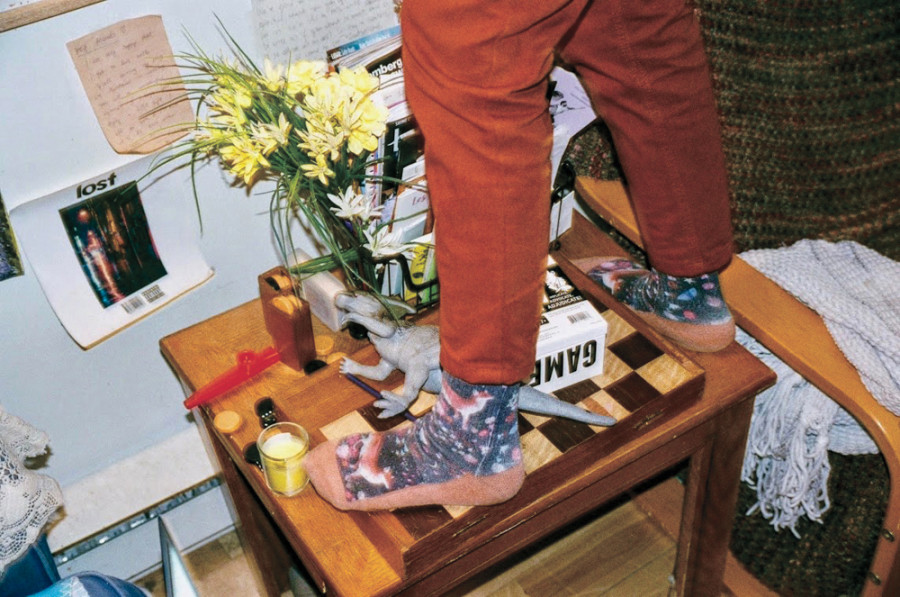
_600_832_s.png)

